Uncovering the Next Generation's Hall of Fame

A Brief History of the Rock & Roll Hall of Fame Induction Categories
Let’s take a look at the history of each of the four categories and which former designations are included in each:
- Performers (1986-present): This is the most straightforward of the categories and has gone unchanged since the Rock Hall’s inception. The description of the category at the museum states: “These inductees are the artists who have changed the world of rock with their mastery and artistic vision.” Notably, this is the only category in which inductees are chosen by the Voting Committee. Inductees in the other categories are selected by subsets of the Nominating Committee.
Ahmet Ertegun Award (2008-present): After Rock Hall co-founder Ahmet Ertegun died in 2006, the Non-Performer award was renamed in his honor. In previous years, there were two separate awards, one for Lifetime Achievement and one for Non-Performers, as evident in 1991, when Nesuhi Ertegun was given the Lifetime Achievement award and Dave Bartholomew and Ralph Bass were inducted as Non-Performers. The induction program noted the difference (see the photos below), and up until a few years ago, RockHall.com also made the distinction (they now blend the two categories into the Ahmet Ertegun award). To further confuse things, Jann Wenner was inducted in 2004 with the Lifetime Achievement Award in the Nonperformer Category.
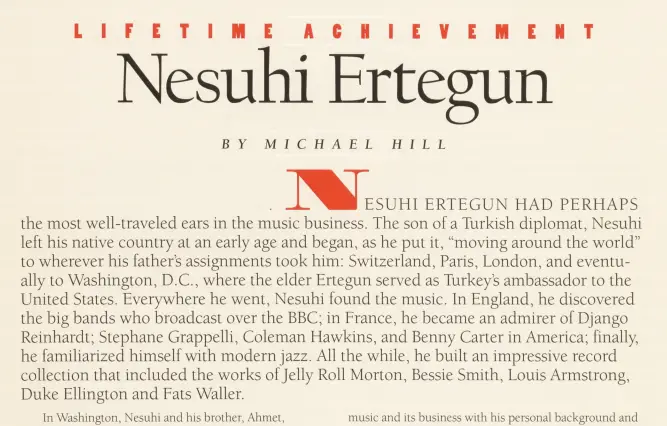
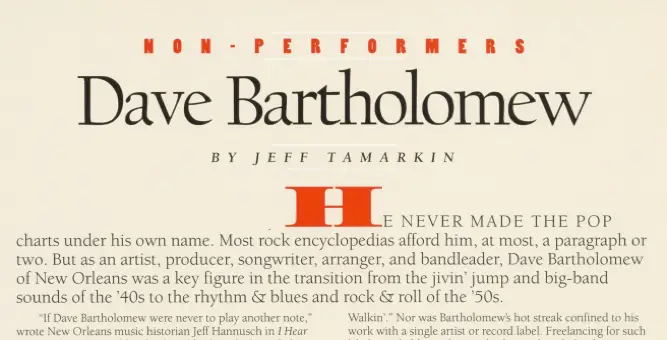
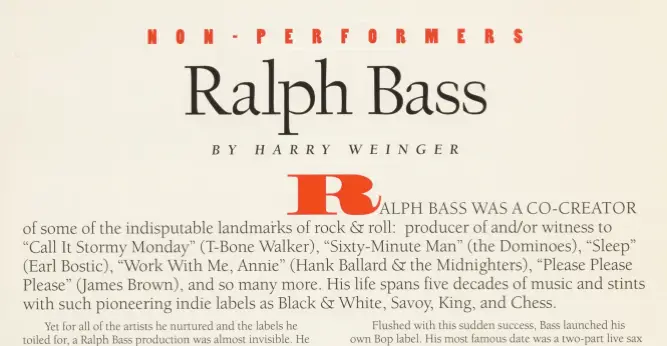
- Early Influence (1986-present): In the first induction class, this category was called “Forefathers and Early Influences.” Between 1987 and 1991, it was sometimes shortened to just “Forefathers,” even inducting Ma Rainey in that category in 1990. Since 1992, the category has been called “Early Influences,” but is only used sporadically.
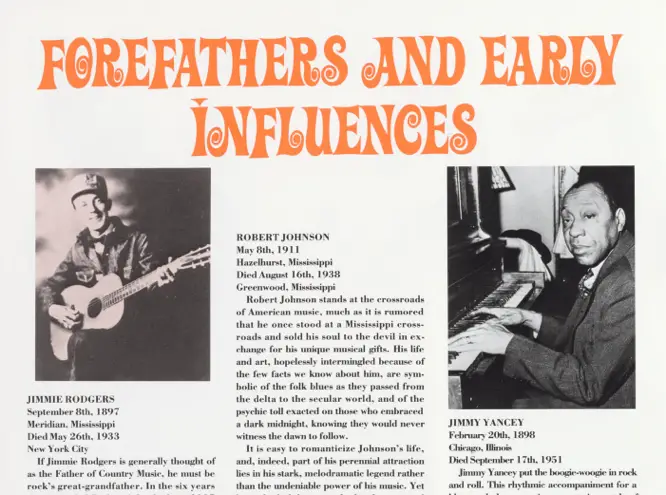
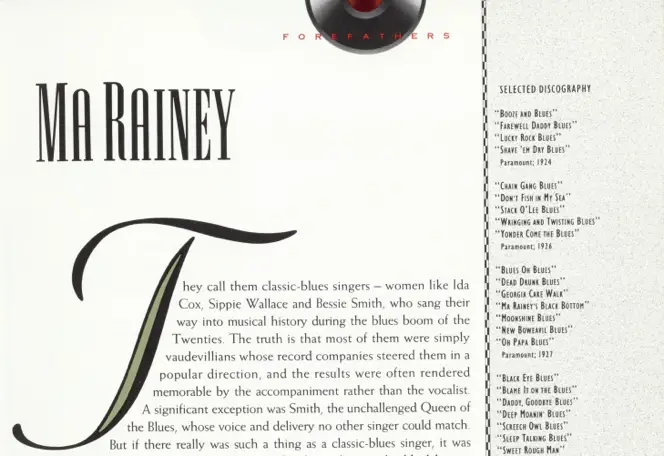
While the name of the Early Influences category eventually settled down, the definition slowly became more flexible. On RockHall.com, the category is still defined as “Honoring the artists that pre-date the birth of rock & roll, but have had a profound impact on music’s evolution and its iconic artists.” The only proscriptive criteria is that artists should pre-date rock & roll, generally considered to have begun in the early 1950s. That hasn’t stopped the Hall from inducting artists such as Wanda Jackson, Sister Rosetta Tharpe, and Freddie King, all of whom were first nominated in the Performer category before being inducted as Early Influences, despite the bulk of their careers occurring during the rock & roll era. Rock Hall Foundation President Joel Peresman recently suggested that the definition of the category be further expanded to potentially include influential genre-pioneers like Kraftwerk, who didn’t form until 1970.
- Award for Musical Excellence (2011-present): The Sideman category (2000-2009) was retired after the 2009 ceremony, and all 15 inductees have been folded into the Award for Musical Excellence category, which is an honor that is now used as a catch-all for “performers, songwriters and producers.” Never mind that performers have their own category and producers and songwriters have traditionally been inducted into the Non-Performers category. The Rock Hall has used this category as a way to induct artists like Leon Russell, the E Street Band, Ringo Starr, and Nile Rodgers, without having to go through the formality of putting them on the ballot that is sent to the voters.
This award was originally called the "Award for Recording Excellence" in 2011, but was changed to the current name in 2012.

Singles (2018-2019?): This well-meaning category was initially created as a way to honor artists who had historically significant songs but generally would have been unable to get inducted as Performers under the current system. But in 2019, the Rock Hall inducted a song by a current inductee thereby throwing out its only rule for the category and making it meaningless. The Rock Hall Museum never embraced the Singles inductees with an exhibit and has now scrubbed any mention of them from their website. (January 2020 Update: The Singles have been added to the Rock Hall's website.) HBO didn’t broadcast the Singles segment of the Induction Ceremony in 2019, so this category may be toast.
The Rock & Roll Hall of Fame’s casual attitude towards its own history continues to be troubling. For an institution that has a robust Library & Archives, they are all too willing to change their own history, either by quietly inducting people after the induction ceremony or by omitting the names of inducted artists from their website and Hall of Fame wall that go unfixed for years. With their most recent website redesign, they removed valuable content that they had built over the years in favor of highlighting their online store and paid memberships. Hopefully some of the Museum’s talented curators can turn their attention to preserving the history of their own institution and live up to their “commitment to forever.”
